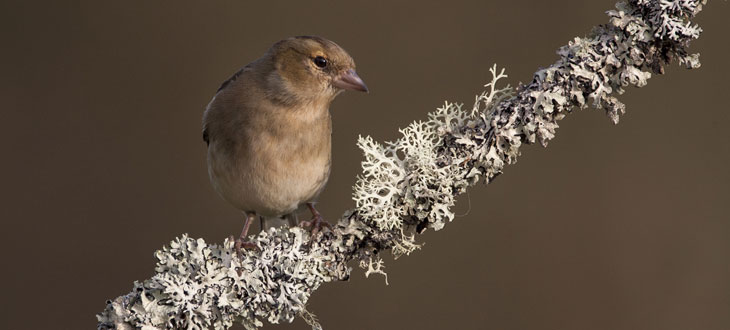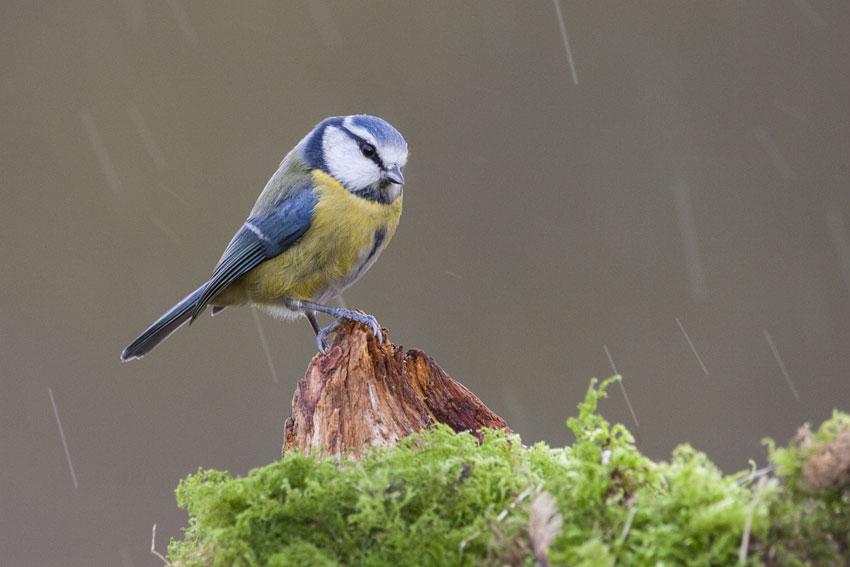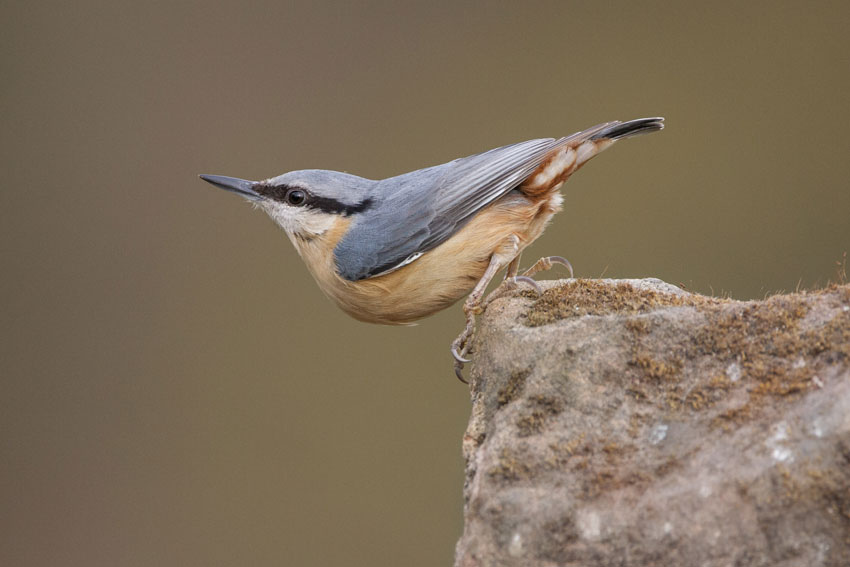People travel hundreds of miles to take photographs of birds, but great pictures can be captured in your own back garden. The little sparrow or blue tit may not have the glamour of exotic birds, but whether you're starting out or are an experienced photographer, don't overlook the potential of your own back garden. It doesn't matter about the size and shape of a garden, even if you're in the middle of a town. With some preparation, you will soon be able to get great shots from the comfort of your own home.
Just like any wildlife, the best photographs happen when you know your subject. Spend a bit of time understanding what time of day certain birds come and go. Choose a location which gives you a nice clean background. Any posts or fences in the scene will make it look untidy and more importantly, unnatural. Often you can photograph from inside. If so, make sure windows are perfectly clean and keep your lens tight against the glass. This will avoid reflections from the shiny surface of the window entering into the lens. Keeping the window is not always a good idea as noises or movements will disturb the birds. If you are setting yourself up outside, use a hide or small tent to conceal yourself. Make sure you are comfortable and have some food and drink with you - you may be in there some time! The longer you are in a location, the more the birds will get used to you. Ideally you'll need at least a 300mm lens to photograph garden birds but the longer the better - 500mm is generally considered about right. Birds which are used to seeing people are often less fearful and therefore slightly easer to photograph.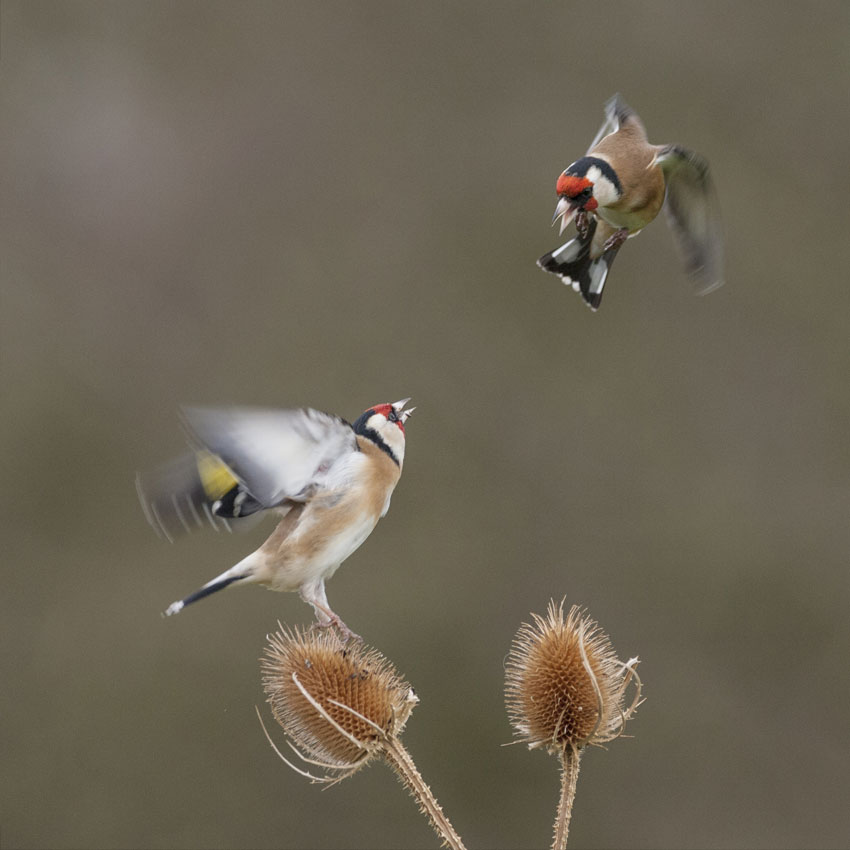
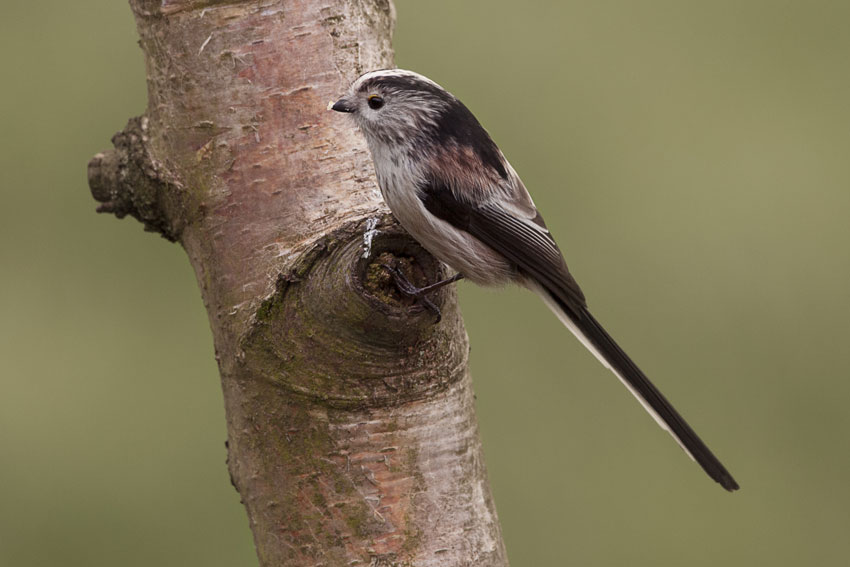
Which Birds Are You Likely To Attract?
The type of food you put down will determine the type of bird you attract. There is a wide range of bird food available from specialist shops. As well as nuts, breadcrumbs and seed, you can also use cooked rice, pastry and fruit to attract birds. Make sure you avoid foods which are high in salt and/or saturated fats. Don't forget about water - try to provide birdbaths for birds to wash and drink. Here is a list of feed suitable for common species:
Seeds: Finches, Tits, Wren
Fat treats: Starling, Tits, Wren
Mealworms: Robin, Blackbird, Thrush
Fruit: Thrush, Blackbird

